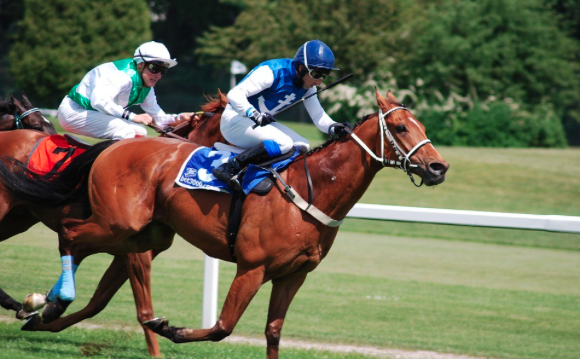New initiative launched for bone injury prevention in racehorses

The University of Melbourne will begin a new research project to create a better understanding of bone fatigue injuries in race horses.
Racing Australia, the peak regulatory body for Thoroughbred racing in Australia, has committed to providing $280 000 over three years to assist with the University’s research.
Bone fatigue is the most common cause of joint injury in racehorses. It arises from the repeated loading of the bone during when galloping during training and racing.
Such joint injuries can result in pain, lameness, poor performance and early retirement and, in severe cases, may also lead to catastrophic fractures.
As the only research group worldwide to have developed and validated a technique for fatigue testing of bone from the joint surface, the University’s project team led by Chris Whitton from the U-Vet Equine Hospital, will investigate characteristics of bone that affect resistance to injury as well as loading strategies that have the least effect on bone.
Professor Whitton said the new funding was important to develop a better understanding of what properties of bone best resist fracture, including the stiffness and density of the bone.
“Our research will focus primarily on the microstructure of the bone, enabling us to analyse in great detail the effects this has on the resistance to injury in the fetlock joint,” Professor Whitton said.
“The ultimate goal is to help develop training strategies that minimise the risk of injury to horses and riders while maintaining optimal performance.”